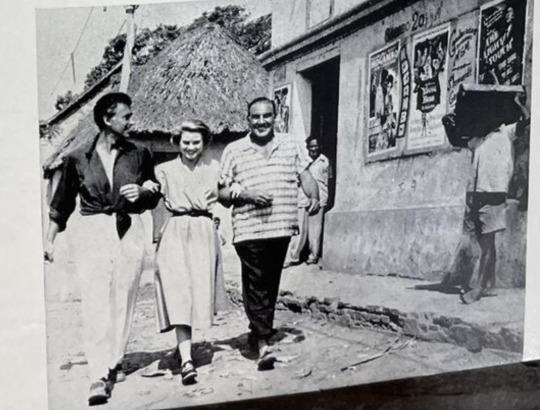#Paul Douglas
Explore tagged Tumblr posts
Text

Paul Douglas helping wife Jan Sterling get ready for a USO show in Korea, ca. 1952.
29 notes
·
View notes
Text






I gotta test something out real quick.
#panelshowedit#gmgmsbedit#guy mont spelling bee#gmgmsb#paul douglas#sanjay patel#guy montgomery#jono pryor#kalyani nagarajan#original#*gifs#sanjay is just cool like that
34 notes
·
View notes
Text








6 years ago today Steven Universe ended on CartoonNetwork!!!
#Steven Universe#Cartoonetwork#Rebecca Sugar#Zach Callison#Estelle#Michaela Dietz#Deedee Magno Hall#Aivi & Surasshu#Curtis Lelash#Jennifer Pelphrey#Brian A. Miller#Rob Sorcher#Jackie Buscarino#Mattaniah Adams#Paul Douglas
8 notes
·
View notes
Text










1951 Richard Basehart wants to commit suicide, Paul Douglas doesn’t him to
#richard basehart#paul douglas#grace kelly#barbara bel geddes#richard kieth#agnes moorehead#debra paget#jeffrey hunter#howard da silva
7 notes
·
View notes
Text

Grace Kelly-Paul Douglas "Fuego verde" (Green fire) 1954, de Andrew Marton.
8 notes
·
View notes
Text
youtube
a letter to three wives, joseph l. mankiewicz 1949
#a letter to three wives#joseph l. mankiewicz#1949#linda darnell#jeanne crain#ann sothern#kirk douglas#paul douglas#jeffrey lynn#the big lift#se7en
2 notes
·
View notes
Text

Paul Douglas & Janet Leigh
Angels In The Outfield (1951)
#janet leigh#paul douglas#angels in the outfield#1951#beautiful american actress#fun film to watch#1950s#cropped photo#b/w photography#old hollywood
10 notes
·
View notes
Text

A Letter to Three Wives, US lobby card #8. 1949
3 notes
·
View notes
Text

#The Big Lift#Montgomery Clift#Paul Douglas#Cornell Borchers#Bruni Löbel#O.E. Hasse#Danny Davenport#George Seaton#1950
2 notes
·
View notes
Text




Angels in the Outfield (1951) Clarence Brown
August 3rd 2024
#angels in the outfield#1951#clarence brown#paul douglas#janet leigh#donna corcoran#keenan wynn#spring byington#ellen corby#bruce bennett#lewis stone#marvin kaplan#james whitmore#angels and the pirates
2 notes
·
View notes
Text

Grace Kelly, Paul Douglas, Stewart Granger, and John Ericson on set of GREEN FIRE (1954), directed by Andrew Marton
22 notes
·
View notes
Text

Grace Kelly with Stewart Granger and Paul Douglas in Colombia during the filming of "Green Fire" in 1954.
#grace kelly#princess grace#1954#green fire#paul douglas#stewart granger#classic hollywood#filming set#film set#colombia#bogota
6 notes
·
View notes
Text
youtube
Toots & The Maytals - Louie Louie
#toots and the maytals#toots#raleigh#jerry#dougie#neville hinds#jackie jackson#paul douglas#winston grennan#sons of the jungle#reggae#dub#ska#soul#louie louie#richard berry#cover#funky kingston#1973#Youtube
4 notes
·
View notes
Text










1956 John Derek is a boxer who hides the fact that he is also an Episcopalian priest
3 notes
·
View notes
Text

Paul Douglas-Celeste Holm "Si ella lo supiera" (Everybody does it) 1949, de Edmund Goulding.
3 notes
·
View notes


